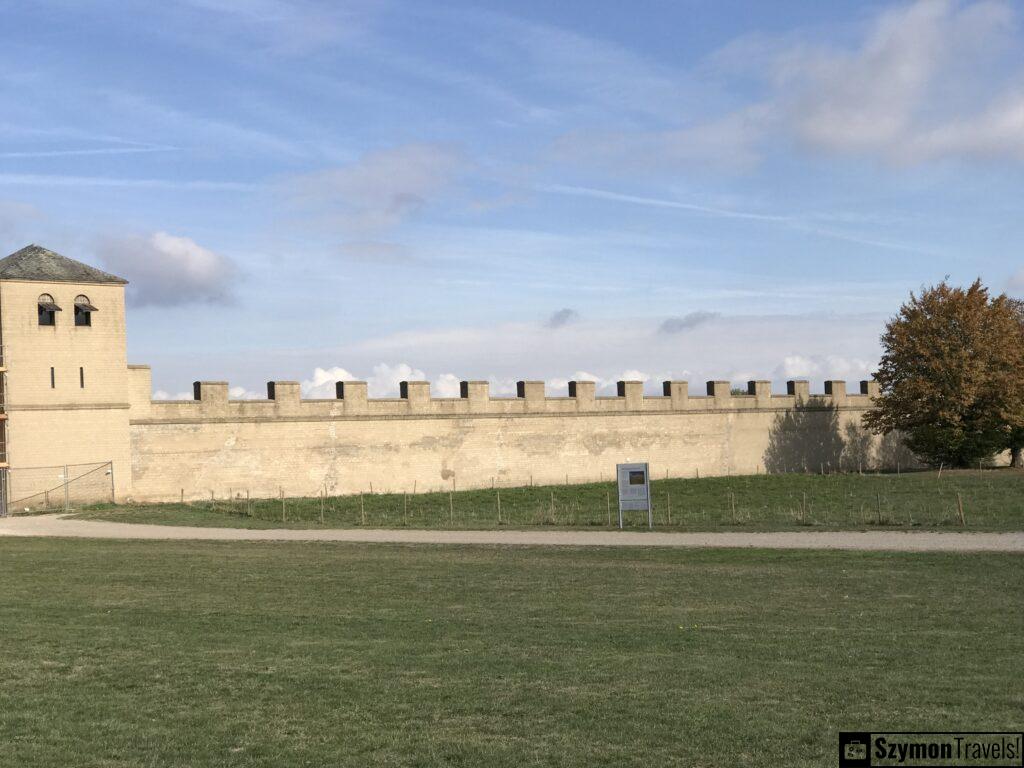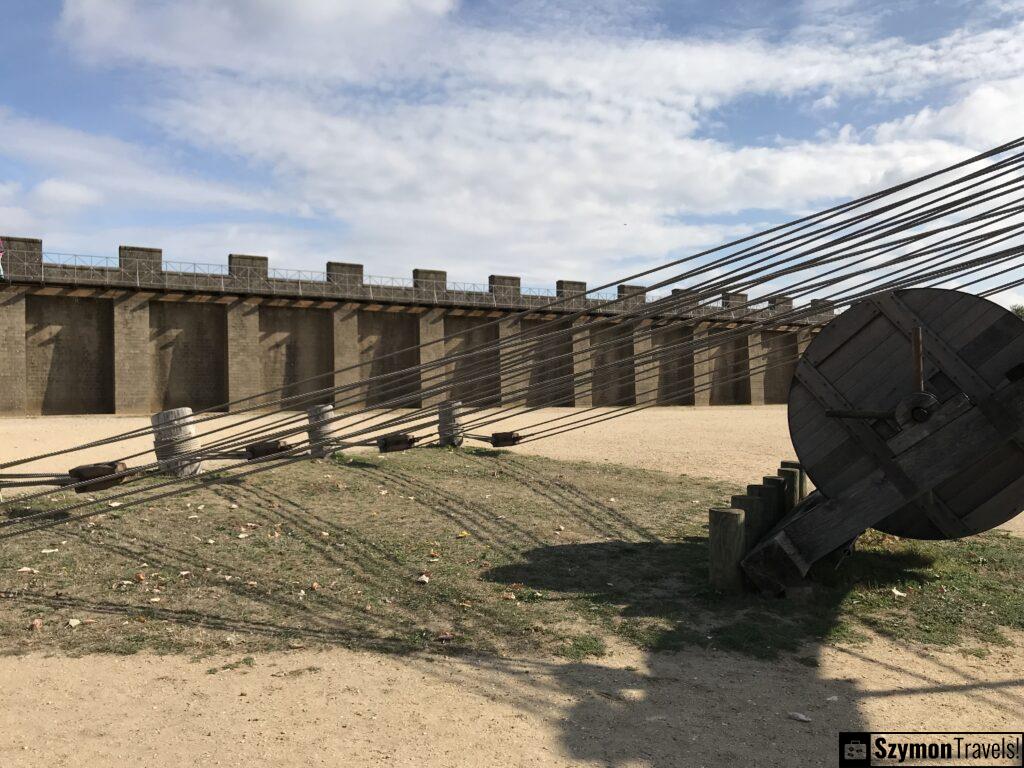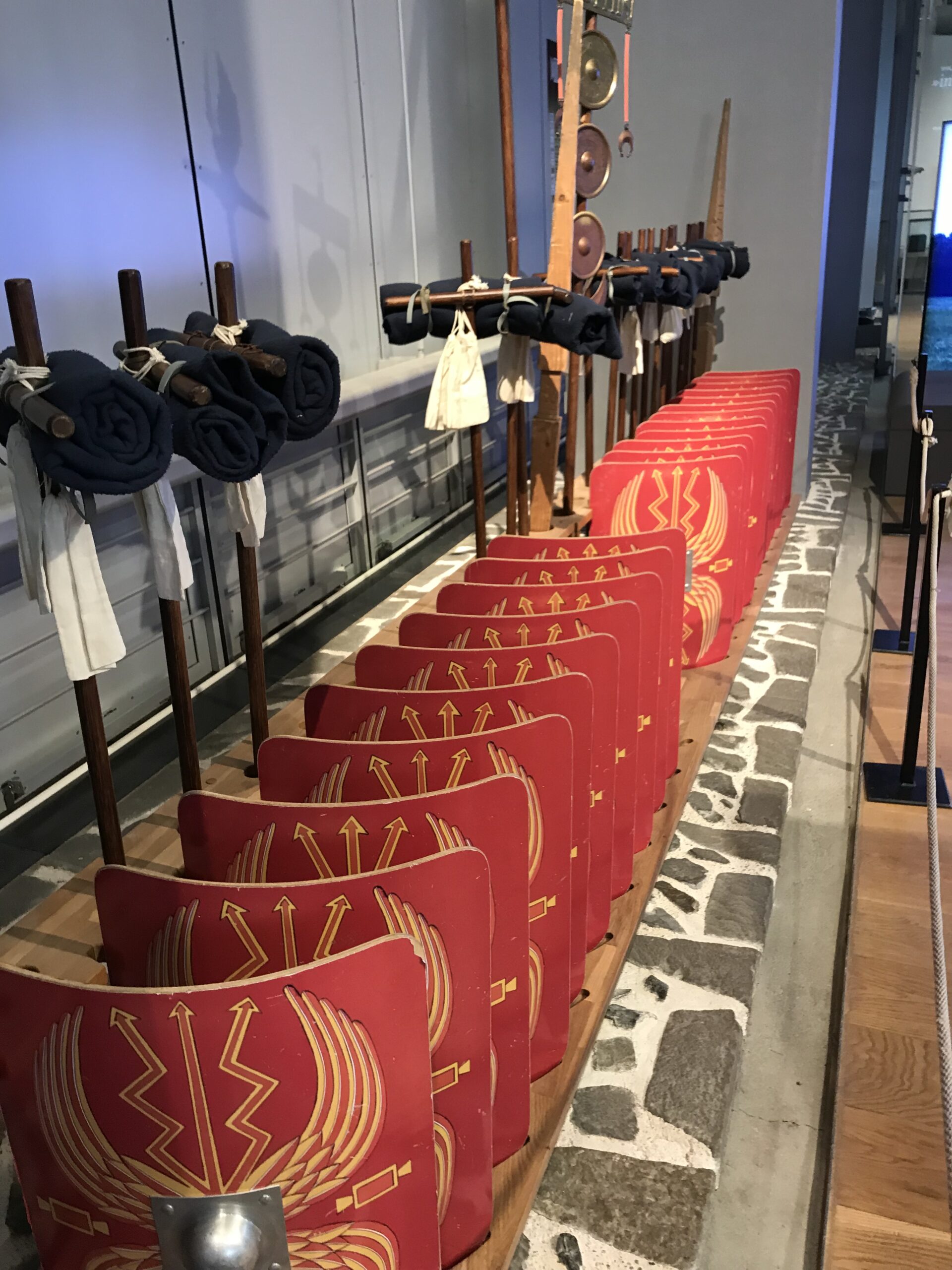
Colonia Ulpia Traiana, also known as Xanten, was an ancient Roman city located in the province of Germania Inferior, in what is now modern-day Germany. It was established by the Roman Emperor Trajan around the year 98 AD and served as a significant military and civilian settlement.
Rated by Szymon
5.0 out of 5.0 stars
Map
Colonia Ulpia Traiana
The city was strategically positioned on the east bank of the Rhine River, serving as a base for the Roman military campaigns in the region. Colonia Ulpia Traiana was built to accommodate the retiring soldiers from the legions stationed in the area and to promote Roman culture and civilization among the local Germanic tribes.
The layout and architecture of Colonia Ulpia Traiana followed the typical Roman urban design principles. It featured a grid-like street system, with a central forum that served as the heart of the city. The forum was surrounded by public buildings, including a basilica, temples, and administrative structures. The city also had an amphitheater for entertainment and a large bath complex for public bathing.
One of the most notable structures in Colonia Ulpia Traiana was the North Gate, known as the “Victory Gate.” It was a monumental entrance adorned with sculptures and served as a symbol of Roman power and triumph. The city also had an extensive defensive wall and several watchtowers for protection.
Archaeological excavations in Xanten have revealed a wealth of artifacts and structures, providing valuable insights into Roman life in the region. The remains of houses, workshops, and shops have been uncovered, shedding light on the daily activities of the inhabitants. The artifacts discovered include pottery, jewelry, coins, and tools, showcasing the material culture of the time.
Colonia Ulpia Traiana thrived for several centuries, but it eventually declined and was abandoned during the 5th century as the Roman Empire faced various challenges and the region underwent significant political and social transformations.
Today, Xanten is an important archaeological site and an open-air museum where visitors can explore the reconstructed buildings and gain a glimpse into the Roman past. The Archaeological Park of Xanten (APX) showcases the city’s history through exhibitions, reconstructions, and interactive displays, making it a popular destination for history enthusiasts and tourists interested in ancient Roman civilization.
The Archaeological Park of Xanten (Archäologischer Park Xanten or APX)
- Exhibitions: The museum hosts a variety of permanent and temporary exhibitions. Permanent exhibitions include artifacts and reconstructions that highlight different aspects of Roman life, such as religion, architecture, military, and commerce. Temporary exhibitions often focus on specific themes related to the Roman period or present archaeological discoveries.
- Reconstructions: One of the highlights of the museum is its impressive reconstructions of buildings and structures from Colonia Ulpia Traiana. These reconstructions allow visitors to experience the scale and grandeur of the ancient city, including the forum, temples, houses, and the amphitheater. They provide a tangible sense of how the city would have looked in its heyday.
- Interactive Displays: The museum incorporates interactive displays and multimedia elements to engage visitors and enhance their understanding of the Roman period. These interactive exhibits may include touchscreens, audio guides, videos, and virtual reconstructions, offering a more immersive and educational experience.
- Archaeological Finds: The museum houses a significant collection of archaeological finds from the excavations at Colonia Ulpia Traiana. These artifacts range from everyday objects like pottery, tools, and jewelry to more elaborate sculptures, mosaics, and inscriptions. The exhibits provide insights into the material culture and craftsmanship of the time.
- Educational Programs: The museum offers educational programs and guided tours for visitors of all ages. These programs include workshops, lectures, and hands-on activities that allow participants to delve deeper into the history and archaeology of the Roman city. They are designed to provide an engaging and informative experience for both individuals and school groups.
Amphitheater in Colonia Ulpia Traiana (Xanten)

- Structure: The arena was a large, elliptical-shaped amphitheater built to host various spectacles and events, including gladiatorial contests, animal hunts, and public executions. It had tiered seating that could accommodate thousands of spectators.
- Architecture: The design of the arena followed the typical Roman amphitheater style. It had an elliptical shape with a central arena or performance area surrounded by concentric rows of seating. The seating sections were divided into different tiers to accommodate different social classes.
- Size: The arena in Xanten was one of the largest in the Roman Empire. It had a capacity of approximately 10,000 to 12,000 spectators, making it a significant venue for public entertainment and gatherings.
- Functions: The arena served as a venue for a variety of events. Gladiatorial combats, where trained fighters would battle each other or wild animals, were among the most popular spectacles. The arena also hosted chariot races, mock naval battles, and theatrical performances.
- Importance: The presence of an amphitheater in Colonia Ulpia Traiana demonstrated the significance of the city within the Roman Empire. It served as a hub for entertainment, social gatherings, and the display of Roman power and cultural influence.
Gallery




















Some information comes from these sources:
This article uses material from the Wikipedia article https://en.wikipedia.org/wiki/Xanten, which is released under the Creative Commons Attribution-Share-Alike License 3.0.
